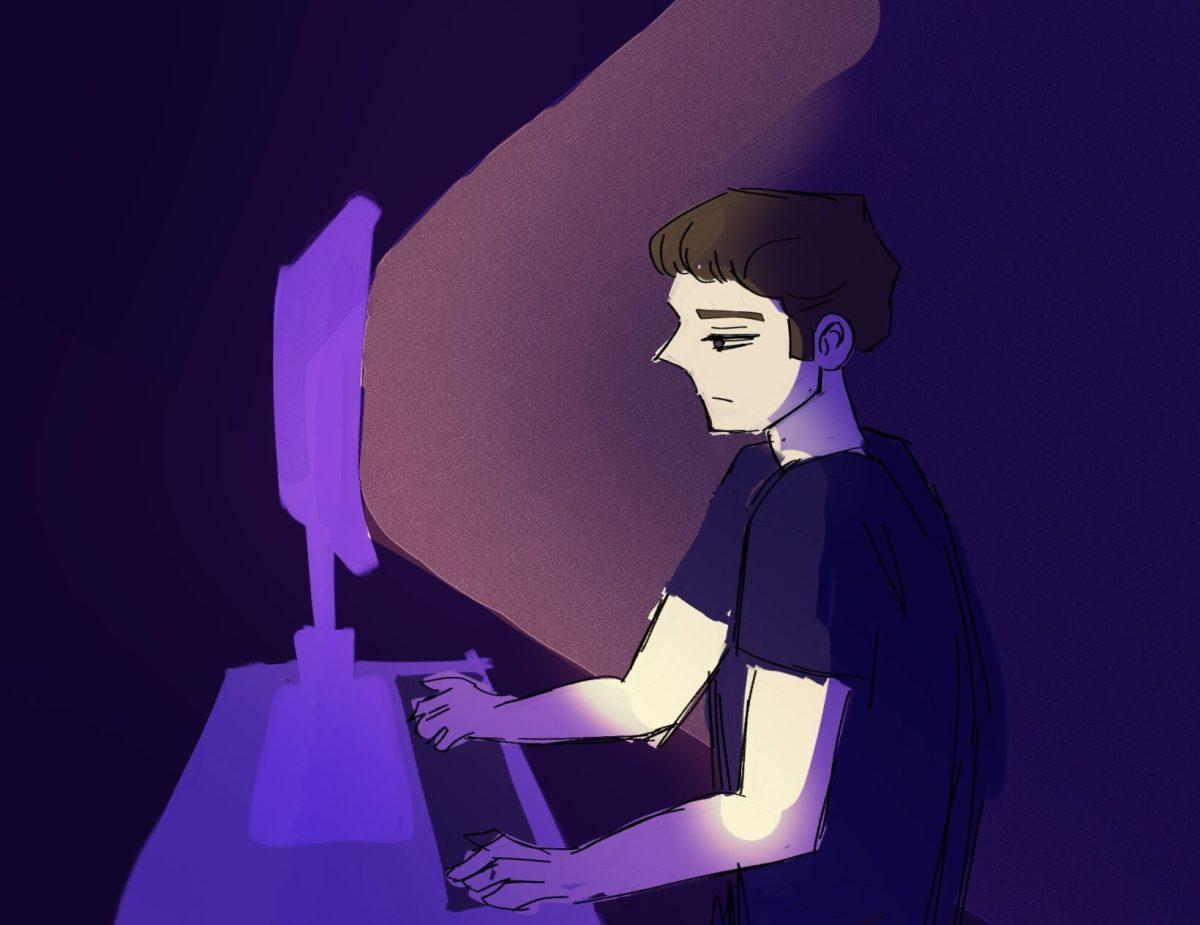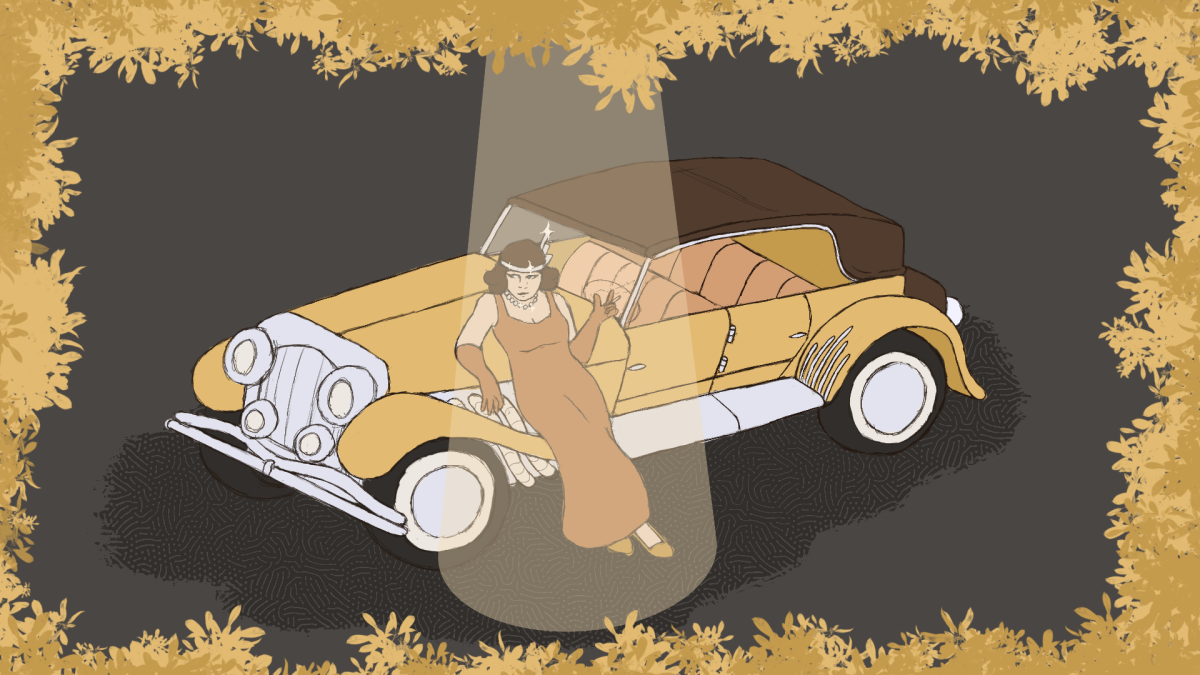Last week, Gov. Roy Cooper announced the next phase in North Carolina’s vaccination program; a small subset of the third vaccine group will start receiving their shots on Feb. 24, with the rest of the group becoming eligible on March 10. This early group includes teachers and childcare workers, while the rest of the group consists of other frontline workers who must be physically present to do their jobs.
While students do not necessarily qualify for either set, university staff, like custodians or dining hall employees, will be part of the larger March 10 group. Many students work in person for the University or off-campus employers, which means that many of us could see our friends receive their first shots in just a few weeks. Indeed, some of my friends have already been vaccinated, as their work in the medical field earned them an early spot in line.
Before that comes to pass though, students should be aware of how the vaccine works and why it’s nothing to be afraid of. Many people experience mild side effects for a couple days after injection, and while these may seem intimidating, they actually demonstrate the vaccine’s effectiveness. For university life to return to normal, we will need almost all students to be vaccinated, though the exact percentage is under debate. This vaccine is a crucial step toward a normal, in-person class schedule, hugging your friends and family worry-free and all the other wonderful aspects of campus that make classwork bearable.
The Pfizer and Moderna vaccines, which were approved in December of last year, are a new type called “mRNA vaccines.” Normal vaccines generally take live virus and damage or kill it until it is no longer capable of causing an infection, then it is injected into the body where our immune cells learn to recognize it and fight it off.
By contrast, this new variety uses our own cells to make portions of spike proteins, which cover the surface of a virus and allow it to infiltrate our cells. These proteins also trigger our immune system to make targeted antibodies, basically counter-proteins which stick to the spikes and prevent the virus from working effectively. During this process, we experience the symptoms of illness as the immune system kicks into high gear. This is evidence that your body is indeed reacting appropriately to the vaccine, and the illness should fade in a day or two as you destroy the offending proteins.
Messenger RNA, or mRNA for short, is a molecule similar to DNA that encodes genetic information. It carries instructions from the safety of the nucleus out to the machinery that actually uses them. Our cells constantly create and destroy mRNA as they manufacture vital proteins, so the vaccines are able to slip into the queue and get naturally destroyed after they’ve fulfilled their purpose.
This novel method for making a vaccine shows immense promise, especially its capacity to be developed and tested faster than alternative methods, as we’ve seen in this pandemic. However, we do not yet have data on any long-term effects it may have on our bodies. Therefore, it’s difficult to quantify the risk associated with them. That said, it’s hard to see how they could be worse than the virus itself, which injects its entire genome into our cells and may even alter our DNA, though the evidence for that is limited.
Meanwhile, it’s entirely possible that these vaccines have no adverse effects in the long run. For anyone who lives in a highly remote place where they seldom see another person, it’s possible they may wish to avoid getting the vaccine based on the nonzero risk of a negative effect. For those of us living on or near campus in a highly urban area, the choice is obvious. Your very tangible risk of contracting the virus and dying or losing your sense of smell should weigh a lot more heavily than the hypothetical side effects that may or may not manifest years down the line.
There is, at present, no reason to believe that these vaccines are harmful in any way. While that doesn’t remove the need for caution and careful observation, it does mean that we shouldn’t worry, and instead, we should be jumping at the chance to get stuck with a needle. There’s a light at the end of the tunnel as our cases and hospitalizations sink from their holiday highs. We will beat this virus, and vaccines are the next step.














